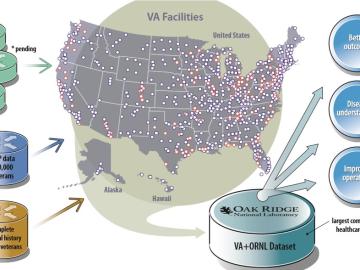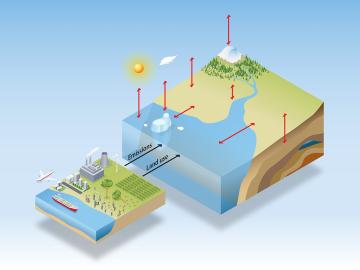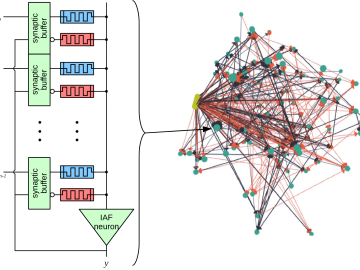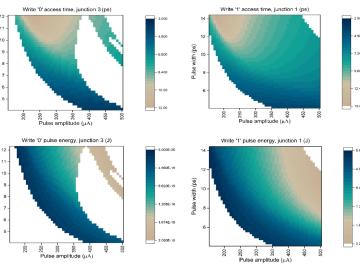Filter News
Area of Research
- (-) Supercomputing (10)
- Advanced Manufacturing (3)
- Biological Systems (1)
- Biology and Environment (10)
- Building Technologies (1)
- Clean Energy (29)
- Energy Sciences (1)
- Fusion and Fission (1)
- Isotope Development and Production (1)
- Isotopes (1)
- Materials (13)
- Neutron Science (6)
- Nuclear Science and Technology (1)
- Sensors and Controls (1)
Media Contacts

Researchers from Oak Ridge National Laboratory and Northeastern University modeled how extreme conditions in a changing climate affect the land’s ability to absorb atmospheric carbon — a key process for mitigating human-caused emissions. They found that 88% of Earth’s regions could become carbon emitters by the end of the 21st century.

An advance in a topological insulator material — whose interior behaves like an electrical insulator but whose surface behaves like a conductor — could revolutionize the fields of next-generation electronics and quantum computing, according to scientists at ORNL.

A study led by Oak Ridge National Laboratory researchers identifies a new potential application in quantum computing that could be part of the next computational revolution.

A study by Oak Ridge National Laboratory researchers has demonstrated how satellites could enable more efficient, secure quantum networks.

Critical Materials Institute researchers at Oak Ridge National Laboratory and Arizona State University studied the mineral monazite, an important source of rare-earth elements, to enhance methods of recovering critical materials for energy, defense and manufacturing applications.


A new integrated computational model reduces uncertainty in climate predictions by bridging Earth systems with energy and economic models and large-scale human impact data. Co-developed by Oak Ridge National Laboratory, the novel integrated Earth system model, or iESM, leverages the power of supercomputers, including ORNL’s Titan, to couple biospheric feedbacks from oceans, atmosphere and land with human activity, such as fossil fuel emissions, agriculture and land use.

In a first for deep learning, an Oak Ridge National Laboratory-led team is bringing together quantum, high-performance and neuromorphic computing architectures to address complex issues that, if resolved, could clear the way for more flexible, efficient technologies in intelligent computing.






